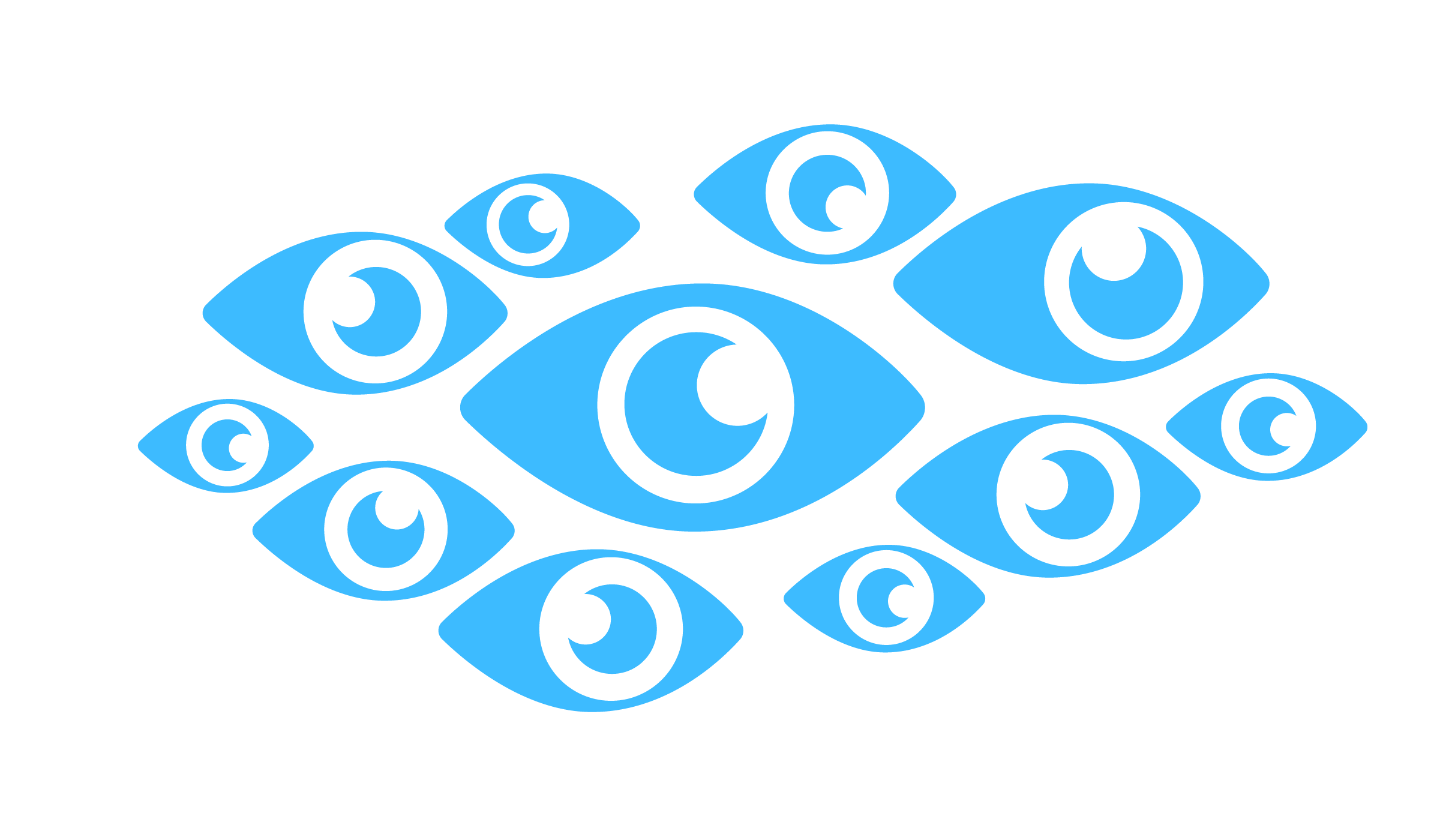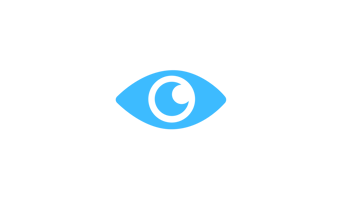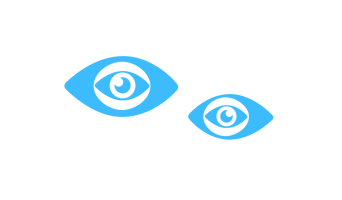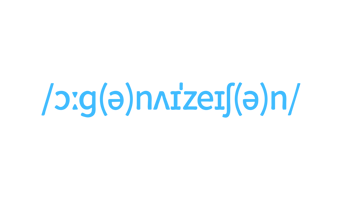Consider three key dimensions - the WHAT, the HOW and the WHO of workplace transparency - to create conditions for agile, decentralized decision making across your organization and prohibit a lack of transparency in your organization.
Transparency in the workplace and in business is not a “thing” - it is the result of an ongoing process. And it requires dedicated management and communication practices
Having transparency as a value or goal isn’t enough. Organizations need to go deeper. A first step towards a practical concept is developing an understanding of what transparency means in your specific organizational context. Transparency as in sharing knowledge in an open, understandable, and timely manner can mean different things to different people, from “keeping someone informed” to “having people participate”. This is why you need to understand how your organization actually works to develop shared meaning and corresponding operating principles.
The most basic concept of transparency includes the provision and sharing of information as well as the quality of that information. But transparency is not just a matter of information disclosure – it has to be understood as a constant social procedure via different processes, platforms, and artefacts through which information is negotiated and constantly made sense of by different actors (see Brindusa Albu & Flyverbom, 2016).
It is helpful to distinguish three key conceptual dimensions of transparency. Taken together, those three dimensions allow leaders to get a grasp of the concept and increase transparency and information sharing in the office in a productive way.
-
The WHAT of transparency
-
The HOW of transparency
-
The WHO of transparency
For a discussion of the WHY of transparency (and in fact, the WHY NOT in some cases), refer to our earlier blog post here.
Drive organizational innovation
with Management Kits
1. The WHAT of transparency relates to data, information, knowledge and the various forms they can take as they are processed and made sense of
Information is at the heart of transparency, so it’s the starting point for developing a processual understanding of the concept. It’s helpful to look closer and understand “sharing information and knowledge” from three different perspectives:
-
There’s data: event-based facts gathered and stored by human or artificial intelligence.
-
There’s information: processed, organized, and interpreted data
-
There’s knowledge: mapped, tested, and collectively interpreted information, embedded in systems, rules, routines, etc.
Based on this distinction, it’s particularly valuable for large and highly fragmented organizations to review:
-
The data you collect (what data, how much, where, why)
-
Categorizing the information you organize (who processes and interprets what, on the base of which principles, through which platforms, in the form of which reports)
-
Understanding how knowledge appears and develops (what is explicit knowledge, what is tacit knowledge, how are routines and commonplaces built)
-
Whether knowledge is traded as organizational capital
-
Of particular importance, what sensitive data and information do you collect and process, and why and how you organize it
2. The HOW of transparency relates to the modes of information sharing
Organizational communication processes aren’t linear, straightforward two-way streams. Rather, they’re dynamic processes. Information moves across organizations in complex ways, often involving several actors, platforms, media formats, and timelines. Therefore there are several modes of providing and sharing information, for example:
-
formal vs. informal;
-
intentional vs. unplanned;
-
original vs edited;
-
one-way or conversational;
-
retrospective vs. real-time
For knowledge to be considered transparent, it must be openly shared and it must be accessible (in a timely manner). Here the qualifiers “clarity and accuracy” come into play. For knowledge to be considered transparent, it must not only be accessible, but also understandable, coherent, and intentionally shared (see Brindusa Albu & Flyverbom, 2016). It’s very important that being transparent never means having “one and one only truth” because for information to be understood it must be constantly analyzed and interpreted (e.g. what is relevant, what is not, what could become important at a later stage, etc.), as well as filtered and transmitted.
Because there can be many different modes of information sharing, think about patterns that you can recognize for your organization. Is information available in a timely manner? Do you share it in formal ways (e.g. via a regular management reporting) or informal ways (like chatting at the coffee machine)? How high is the level of editing or omitting information, e.g. regarding strategic information?
3. The WHO of workplace transparency: Actors, positions, and directions of information sharing
From a more structural point of view, information sharing in social processes can happen in several directions, as suggested by David Heald (2006):
-
organization-internally (upward, downward, vertical);
-
or organization-externally (inward, outward)
Internally there are three basic possible directions in which transparency can be created between actors. Upward transparency means that a hierarchical superior can observe the conduct, behavior, and/or “results” of a hierarchical subordinate, while downward transparency implies the same dynamic but in the other direction. Vertical transparency in this sense implies transparency on the same hierarchical (e.g. team) level. Heald states that “where upwards and downwards transparency co-exist, there is symmetrical vertical transparency. Otherwise, vertical transparency is either completely absent or asymmetrical” (Heald, 2006, p.27).
Externally there are two directions of transparency: inwards and outwards. In outward- transparent organizations, the members can see what is happening outside their organization, e.g. observing what politicians, competitors or potential customers are doing. Transparency inwards is when those actors outside can see what is going on inside the organization. These mechanisms can serve as forms of (potential) marketing and brand building, as well as forms of social and legal control. Different combinations of all these directions result in different transparency degrees, ranging from symmetrical to asymmetrical transparency stages.
Asymmetrical transparency can result in siloed organizations with strategic misalignment and operative inefficiencies, missing coordination, knowledge sharing, and an overall lack of understanding of purpose and consistent goals, behaviors, and practices. Often a problematic effect of opaqueness is the misuse of knowledge and information in power plays, or setting hidden agendas.
The WHO of transparency, that is the actors and directions of creating transparency come down to one main question: is the relevant information available, accessible or retrievable to everyone who requires it to fulfill their role in the best possible way?
Increasing workplace transparency in a productive way: making information flows work
With this conceptual framework in mind, workplace transparency should be viewed as an ongoing process of making sense and negotiating along the dimensions of WHAT, HOW and WHO. This perspective implies that emphasis should be on building dynamic practices, policies, and structures rather than merely targeting the scale or extent of transparency. This also puts other issues on the table, such as organization design and collaboration practices as well as the development of leadership skills.
Check out our research-based Kits for org design and development practitioners
Also read on our blog:
-
Getting transparency in the workplace right - key tradeoffs: High levels of transparency are a hallmark of agile workplaces, as transparency and the availability of information allows decentral actors to make better decisions. As a concept, workplace transparency comes with a few tradeoffs that org designers and leaders need to reflect in their communication rules.
-
How to boost information sharing and collaboration: One of the key differences between models for agile organizing and classical, hierarchical approaches is how information is used and processed across the organization. We introduce two preconditions for transparency in the workplace, which go a long way to boost information sharing and enable effective collaboration.



